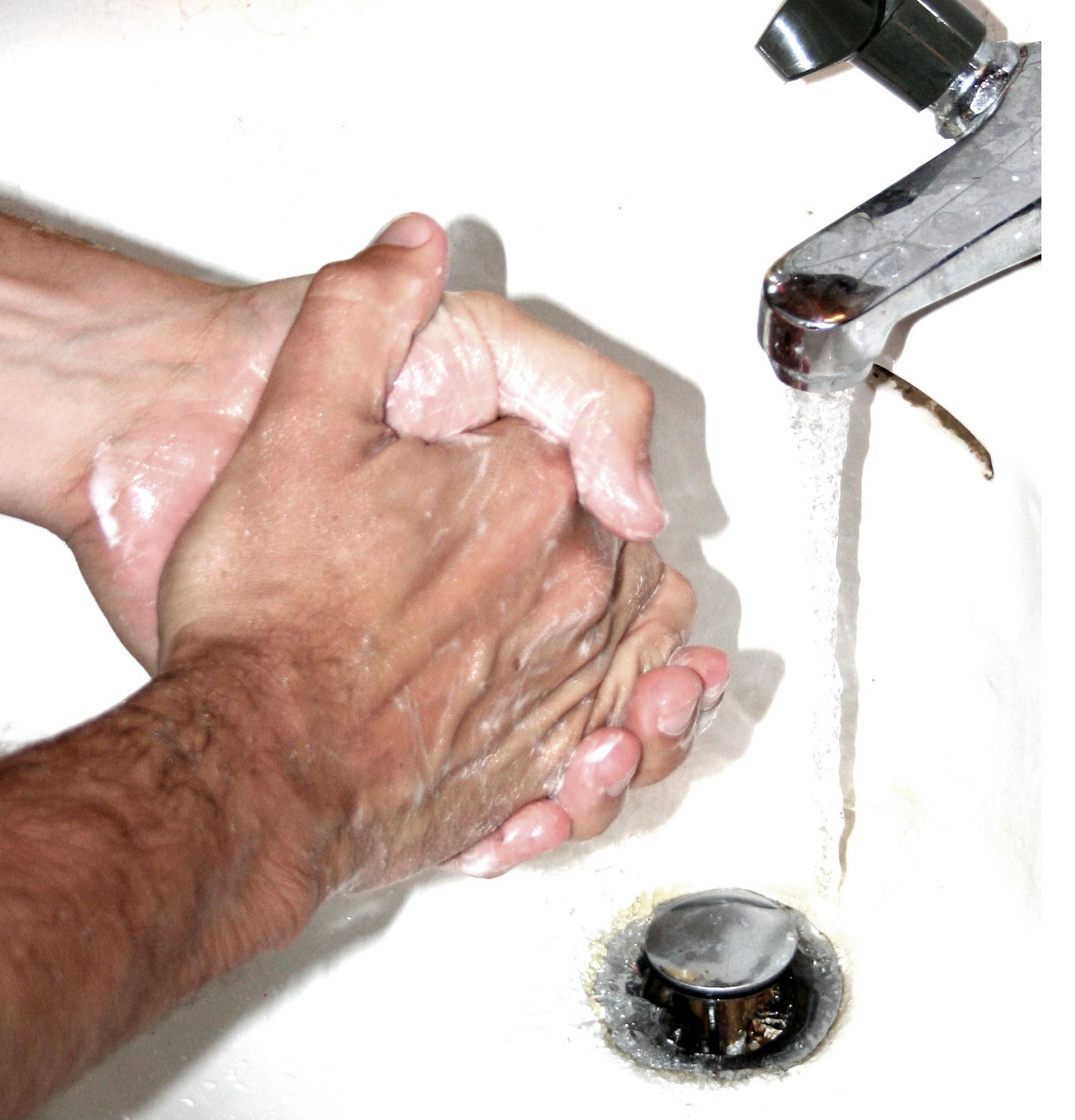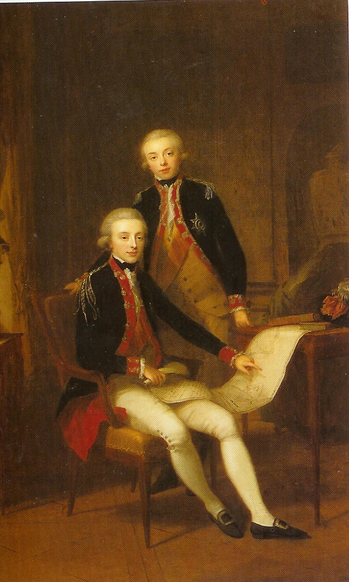|
Sebald Justinus Brugmans
Sebald Justinus Brugmans (24 March 1763, Franeker – 22 July 1819, Leiden) was a Dutch botanist and physician. He was the son of naturalist Anton Brugmans (1732-1789). Brugmans studied philosophy, mathematics and physics at the Universities of Franeker and Groningen, earning his doctorate in 1781. In 1785 he became a professor at Franeker, where he taught classes in physics, astronomy, logic and metaphysics. During the following year, he succeeded David van Royen (1727–1799) as professor of botany at the University of Leiden.New Dutch biographical dictionary. Part 1 (biography). At Leiden, he also served as director of the " Hortus Botanicus Leiden< ...
[...More Info...] [...Related Items...] OR: [Wikipedia] [Google] [Baidu] |
Hortus Botanicus Leiden
The Hortus botanicus of Leiden is the oldest botanical garden of the Netherlands, and one of the oldest in the world. It is located in the southwestern part of the historical centre of the city, between the Academy building and the old Leiden Observatory building. History In 1587 the young University of Leiden asked for permission from the mayor of Leiden to establish a ''hortus academicus'' behind the university building, for the benefit of the medical students. The request was granted in 1590, and the famous botanist Carolus Clusius (1526–1609) was appointed as prefect. Clusius arrived in Leiden in 1593. His knowledge, reputation, and international contacts allowed him to set up a very extensive plant collection. Clusius also urged the Dutch East India Company (VOC) to collect plants and (dried) plant specimens in the colonies. The original garden set up by Clusius was small (about 35 by 40 meters), but contained more than 1000 different plants. The collecting o ... [...More Info...] [...Related Items...] OR: [Wikipedia] [Google] [Baidu] |
Brugmansia
''Brugmansia'' is a genus of seven species of flowering plants in the nightshade family Solanaceae. They are woody trees or shrubs, with pendulous flowers, and have no spines on their fruit. Their large, fragrant flowers give them their common name of angel's trumpets, a name sometimes used for the closely related genus ''Datura''. ''Brugmansia'' species are amongst the most toxic of ornamental plants, containing tropane alkaloids of the type also responsible for the toxicity and deliriant effects of both jimsonweed and the infamous deadly nightshade. All seven species are known only in cultivation or as escapees from cultivation, and no wild plants have ever been confirmed. They are therefore listed as Extinct in the Wild by the IUCN Red List, although they are popular ornamental plants and still exist wild outside their native range as introduced species. It is suspected that their extinction in the wild is due to the extinction of some animal which previously dispersed the ... [...More Info...] [...Related Items...] OR: [Wikipedia] [Google] [Baidu] |
Flowering Plant
Flowering plants are plants that bear flowers and fruits, and form the clade Angiospermae (), commonly called angiosperms. They include all forbs (flowering plants without a woody stem), grasses and grass-like plants, a vast majority of broad-leaved trees, shrubs and vines, and most aquatic plants. The term "angiosperm" is derived from the Greek words ἀγγεῖον / ('container, vessel') and σπέρμα / ('seed'), meaning that the seeds are enclosed within a fruit. They are by far the most diverse group of land plants with 64 orders, 416 families, approximately 13,000 known genera and 300,000 known species. Angiosperms were formerly called Magnoliophyta (). Angiosperms are distinguished from the other seed-producing plants, the gymnosperms, by having flowers, xylem consisting of vessel elements instead of tracheids, endosperm within their seeds, and fruits that completely envelop the seeds. The ancestors of flowering plants diverged from the common ance ... [...More Info...] [...Related Items...] OR: [Wikipedia] [Google] [Baidu] |
Genus
Genus ( plural genera ) is a taxonomic rank used in the biological classification of living and fossil organisms as well as viruses. In the hierarchy of biological classification, genus comes above species and below family. In binomial nomenclature, the genus name forms the first part of the binomial species name for each species within the genus. :E.g. '' Panthera leo'' (lion) and '' Panthera onca'' (jaguar) are two species within the genus ''Panthera''. ''Panthera'' is a genus within the family Felidae. The composition of a genus is determined by taxonomists. The standards for genus classification are not strictly codified, so different authorities often produce different classifications for genera. There are some general practices used, however, including the idea that a newly defined genus should fulfill these three criteria to be descriptively useful: # monophyly – all descendants of an ancestral taxon are grouped together (i.e. phylogenetic analysis should c ... [...More Info...] [...Related Items...] OR: [Wikipedia] [Google] [Baidu] |
Gangrene
Gangrene is a type of tissue death caused by a lack of blood supply. Symptoms may include a change in skin color to red or black, numbness, swelling, pain, skin breakdown, and coolness. The feet and hands are most commonly affected. If the gangrene is caused by an infectious agent, it may present with a fever or sepsis. Risk factors include diabetes, peripheral arterial disease, smoking, major trauma, alcoholism, HIV/AIDS, frostbite, influenza, dengue fever, malaria, chickenpox, plague, hypernatremia, radiation injuries, meningococcal disease, Group B streptococcal infection and Raynaud's syndrome. It can be classified as dry gangrene, wet gangrene, gas gangrene, internal gangrene, and necrotizing fasciitis. The diagnosis of gangrene is based on symptoms and supported by tests such as medical imaging. Treatment may involve surgery to remove the dead tissue, antibiotics to treat any infection, and efforts to address the underlying cause. Surgical efforts may ... [...More Info...] [...Related Items...] OR: [Wikipedia] [Google] [Baidu] |
Hygiene
Hygiene is a series of practices performed to preserve health. According to the World Health Organization (WHO), "Hygiene refers to conditions and practices that help to maintain health and prevent the spread of diseases." Personal hygiene refers to maintaining the body's cleanliness. Hygiene activities can be grouped into the following: home and everyday hygiene, personal hygiene, medical hygiene, sleep hygiene and food hygiene. Home and every day hygiene includes hand washing, respiratory hygiene, food hygiene at home, hygiene in the kitchen, hygiene in the bathroom, laundry hygiene and medical hygiene at home. Many people equate hygiene with 'cleanliness,' but hygiene is a broad term. It includes such personal habit choices as how frequently to take a shower or bath, wash hands, trim fingernails, and wash clothes. It also includes attention to keeping surfaces in the home and workplace clean, including bathroom facilities. Some regular hygiene practices may be considered go ... [...More Info...] [...Related Items...] OR: [Wikipedia] [Google] [Baidu] |
William I Of The Netherlands
William I (Willem Frederik, Prince of Orange-Nassau; 24 August 1772 – 12 December 1843) was a Prince of Orange, the King of the Netherlands and Grand Duke of Luxembourg. He was the son of the last Stadtholder of the Dutch Republic, who went into exile to London in 1795 because of the Batavian Revolution. As compensation for the loss of all his father's possessions in the Low Countries, an agreement was concluded between France and Prussia in which William was appointed ruler of the newly created Principality of Nassau-Orange-Fulda in 1803; this was however short-lived and in 1806 he was deposed by Napoleon. With the death of his father in 1806, he became Prince of Orange and ruler of the Principality of Orange-Nassau, which he also lost the same year after the dissolution of the Holy Roman Empire and subsequent creation of the Confederation of the Rhine at the behest of Napoleon. In 1813, when Napoleon was defeated at the Battle of Leipzig, the Orange-Nassau territori ... [...More Info...] [...Related Items...] OR: [Wikipedia] [Google] [Baidu] |
Napoleon Bonaparte
Napoleon Bonaparte ; it, Napoleone Bonaparte, ; co, Napulione Buonaparte. (born Napoleone Buonaparte; 15 August 1769 – 5 May 1821), later known by his regnal name Napoleon I, was a French military commander and political leader who rose to prominence during the French Revolution and led successful campaigns during the Revolutionary Wars. He was the ''de facto'' leader of the French Republic as First Consul from 1799 to 1804, then Emperor of the French from 1804 until 1814 and again in 1815. Napoleon's political and cultural legacy endures to this day, as a highly celebrated and controversial leader. He initiated many liberal reforms that have persisted in society, and is considered one of the greatest military commanders in history. His wars and campaigns are studied by militaries all over the world. Between three and six million civilians and soldiers perished in what became known as the Napoleonic Wars. Napoleon was born on the island of Corsica, not long a ... [...More Info...] [...Related Items...] OR: [Wikipedia] [Google] [Baidu] |
Louis Bonaparte
Louis Napoléon Bonaparte (born Luigi Buonaparte; 2 September 1778 – 25 July 1846) was a younger brother of Napoleon I, Emperor of the French. He was a monarch in his own right from 1806 to 1810, ruling over the Kingdom of Holland (a French client state roughly corresponding to the current Netherlands). In that capacity he was known as Louis I ( Dutch: Lodewijk I ). Louis was the fifth surviving child and fourth surviving son of Carlo Buonaparte and Letizia Ramolino, out of eight children who lived past infancy. He and his siblings were all born on Corsica, which had been conquered by France less than a decade before his birth. Louis followed his older brothers into the French Army, where he benefited from Napoleon's patronage. In 1802, he married his step-niece Hortense de Beauharnais, the daughter of Empress Joséphine (Napoleon's wife). In 1806, Napoleon established the Kingdom of Holland in place of the Batavian Republic, appointing Louis as the new king. Napoleon ... [...More Info...] [...Related Items...] OR: [Wikipedia] [Google] [Baidu] |
Batavian Republic
The Batavian Republic ( nl, Bataafse Republiek; french: République Batave) was the successor state to the Republic of the Seven United Netherlands. It was proclaimed on 19 January 1795 and ended on 5 June 1806, with the accession of Louis Bonaparte to the Dutch throne. From October 1801 onward, it was known as the Batavian Commonwealth ( nl, Bataafs Gemenebest). Both names refer to the Germanic tribe of the ''Batavi'', representing both the Dutch ancestry and their ancient quest for liberty in their nationalistic lore. In early 1795, intervention by the French Republic led to the downfall of the old Dutch Republic. The new Republic enjoyed widespread support from the Dutch populace and was the product of a genuine popular revolution. However, it was founded with the armed support of the French revolutionary forces. The Batavian Republic became a client state, the first of the " sister-republics", and later part of the French Empire of Napoleon. Its politics were deepl ... [...More Info...] [...Related Items...] OR: [Wikipedia] [Google] [Baidu] |
British Navy
The Royal Navy (RN) is the United Kingdom's naval warfare force. Although warships were used by English and Scottish kings from the early medieval period, the first major maritime engagements were fought in the Hundred Years' War against France. The modern Royal Navy traces its origins to the early 16th century; the oldest of the UK's armed services, it is consequently known as the Senior Service. From the middle decades of the 17th century, and through the 18th century, the Royal Navy vied with the Dutch Navy and later with the French Navy for maritime supremacy. From the mid 18th century, it was the world's most powerful navy until the Second World War. The Royal Navy played a key part in establishing and defending the British Empire, and four Imperial fortress colonies and a string of imperial bases and coaling stations secured the Royal Navy's ability to assert naval superiority globally. Owing to this historical prominence, it is common, even among non-Britons, to ... [...More Info...] [...Related Items...] OR: [Wikipedia] [Google] [Baidu] |







